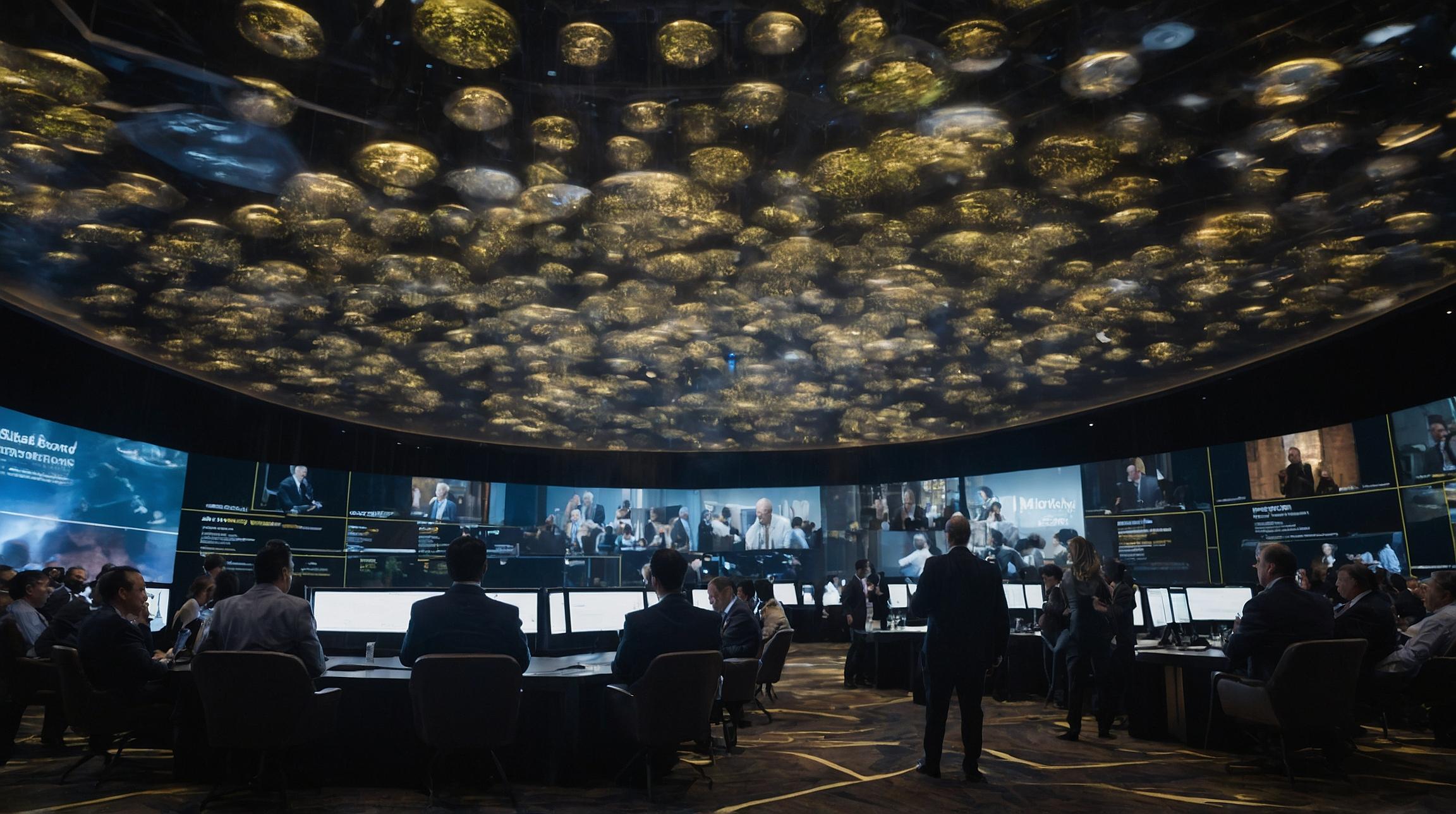The Evolution of Extended Reality in Military Mission Planning
The use of extended reality (XR) technology in military mission planning has come a long way in recent years. XR, which includes virtual reality (VR), augmented reality (AR), and mixed reality (MR), offers a new dimension of information visualization and collaboration for military operations.
In the past, military planners relied on traditional methods such as sand tables to visualize and plan their missions. While these tools were useful, they were limited in their ability to create realistic and dynamic scenarios. However, the latest generation of sophisticated visualization tools has revolutionized the way military planners approach mission planning.
Harnessing Visualization Tools for Collaborative Target Modeling
One of the key advancements of XR technology is its ability to create collaborative models of targets and areas of operation. Utilizing advanced visualization tools, military personnel can now create, explore, and review complex environments in a realistic and immersive manner. This allows for a more comprehensive understanding of the mission’s objectives and challenges.
By collaborating in XR environments, multiple stakeholders can contribute their expertise and insights, resulting in more informed decision-making. This collaborative approach enhances the accuracy and effectiveness of target modeling, ensuring that all aspects of the mission are taken into account.
Enhancing Military Rehearsals with Extended Reality Technology
Extended reality technology is also instrumental in enhancing military rehearsals. By creating realistic virtual environments, military personnel can simulate various scenarios and practice their responses. This enables them to refine their tactics, rehearse critical maneuvers, and identify potential risks and challenges.
XR technology provides a level of immersion and realism that traditional rehearsal methods cannot replicate. It allows soldiers to navigate through virtual environments, interact with virtual objects, and experience the conditions they will encounter during the actual mission. This hands-on approach improves muscle memory and decision-making under pressure, ultimately enhancing the overall readiness and effectiveness of military units.
Exploring the Potential of Extended Reality in Military Operations
While XR technology is already revolutionizing mission planning and rehearsal, its potential in military operations goes beyond these initial applications. XR can be used in the field to provide real-time situational awareness, allowing commanders to make informed decisions based on accurate, up-to-date information.
For example, soldiers equipped with AR headsets can receive real-time intelligence feeds, overlaying crucial data onto their immediate surroundings. This augmented view empowers soldiers with a deeper understanding of the battlefield, enhancing their decision-making and overall effectiveness.
XR technology can also be used for remote training and guidance, allowing experienced personnel to virtually mentor and guide less experienced soldiers during operations. This capability improves the efficiency and effectiveness of on-the-job training, reducing the risk of errors and enhancing overall mission success.
The Benefits of Collaborative Models in Military Mission Planning
The adoption of XR technology and collaborative models in military mission planning brings numerous benefits. Firstly, it enhances communication and coordination between different units and stakeholders, ensuring a shared understanding of the mission objectives and challenges. This improves the overall effectiveness of the operation and minimizes the risk of misunderstandings or conflicting strategies.
Secondly, collaborative models enable iterations and simulations, allowing military planners to test different scenarios and evaluate their potential outcomes. This iterative approach enhances the accuracy of mission planning and reduces the likelihood of unforeseen challenges during the actual operation.
Lastly, collaborative models provide a comprehensive visualization of the mission, enabling commanders to assess the feasibility and viability of the plan. This helps in identifying potential risks and challenges, allowing for adjustments and refinements before committing resources to the operation.
In conclusion, the integration of XR technology and collaborative models in military mission planning and rehearsal has revolutionized the way military operations are approached. From creating immersive visualizations to enhancing decision-making and coordination, XR offers a new dimension of capabilities for military personnel. As technology continues to advance, the potential applications of XR in military operations are only set to grow.
Analyst comment
Positive news. The integration of XR technology in military mission planning enhances communication, coordination, and decision-making. It allows for collaborative target modeling, improves military rehearsals, provides real-time situational awareness, and enables remote training and guidance. This revolutionizes military operations and offers a new dimension of capabilities. As technology advances, the potential applications of XR in military operations will continue to grow, leading to increased efficiency, effectiveness, and mission success.













